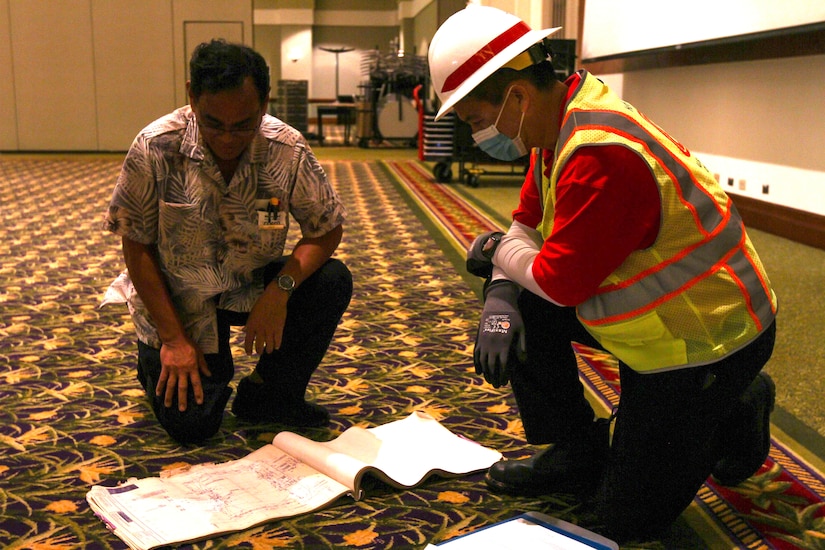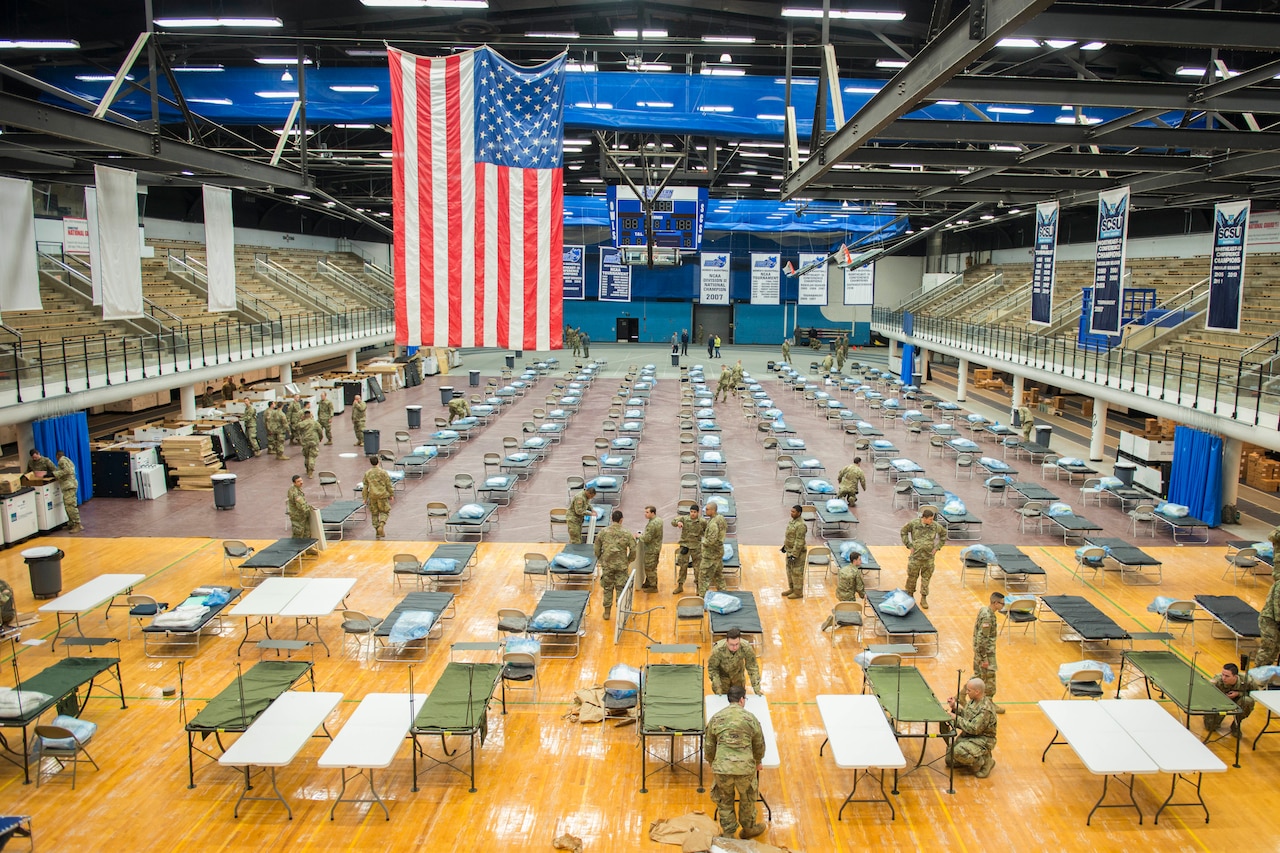April 8, 2020 | BY David Vergun , DOD News
At the request of mayors and governors from multiple states
and territories, Army Corps of Engineers personnel are assessing or building structures
for both non-COVID-19 and COVID-19 hospitals.
"The last thing we want to do is have someone die for
lack of a bed space," said Lt. Gen. Todd T. Semonite, commander of the
Army Corps of Engineers.
Semonite, who spoke with reporters at the Pentagon today, is
in Miami, where he's working with the governor and mayors to assess and build
hospitals.
The Corps of Engineers is pushing contractors hard to build
quickly in hot spots, Semonite said. "We don't have time to deal with red
tape and bureaucracy."
The Federal Emergency Management Agency and the Department
of Health and Human Services are taking the lead on where construction will
take place, and they've been providing modeling updates that forecast where the
need will be the greatest and where the number of cases have peaked. The Army
Corps of Engineers is getting updated models daily, the general said.
The size of hospitals will vary based on the need, Semonite
said. If fewer beds are needed, then a hotel could be easily converted. If the
needs are greater, as in a metropolitan area, a convention center might serve
as a hospital. But they take longer to convert, he added.
Semonite provided a breakdown of alternate care facilities
being built, pending or under assessment as of today:
- 834 of the 914 facility assessments requested have been completed.
- 23 facilities totaling 8,571 beds are pending construction.
- 17 facilities designed by the Corps of Engineers with a total of 5,869 beds will be built by the states, not the Corps of Engineers.
- 17 facilities with a total of 14,759 beds have been built by the Corps of Engineers.
In the next several months, Semonite said, 40 to 50 total
facilities might be built by the Corps of Engineers, but he acknowledged that's
just an estimate because it depends on the number of COVID-19 cases.
As of today, Semonite said, some of the facilities designed
by the Corps of Engineers that will also be built by them are:
The Jacob K. Javits Convention Center in New York City:
COVID-19 design for 2,100 beds, 98% completed.
- Westchester County Center in White Plains, New York:COVID-19 design for 110 beds, 15% completed.
- McCormick Place in Chicago: COVID-19 design for 3,000 beds, 70% completed.
- State University of New York at Stony Brook, in Stony Brook, New York: non-COVID-19 design for 1,038 beds, 26% completed.
- Sherman Hospital in Elgin, Illinois: COVID-19 design for 283 beds, 20% completed.
- Metro South Medical Center in Blue Island, Illinois: COVID-19 design for 550 beds, 30% completed.
- State University of New York at Old Westbury in Old Westbury, New York: non- COVID-19 design for 1,024 beds, 8% completed.
- TCF Center in Detroit: COVID-19 design for 1,000 beds, 95% completed.
- Gibson Medical Center in Albuquerque, New Mexico: COVID-19 design for 200 beds, 21% completed.








